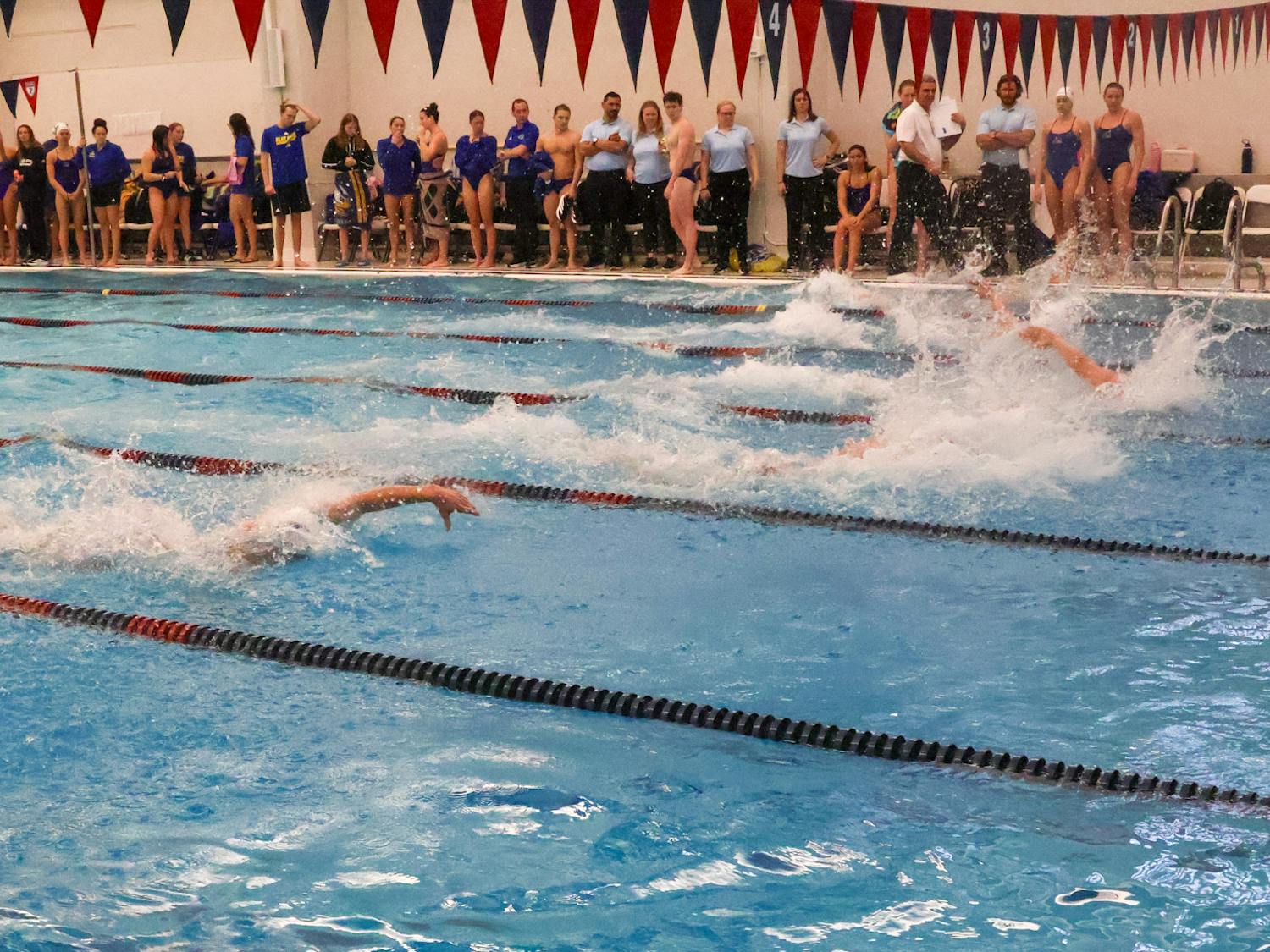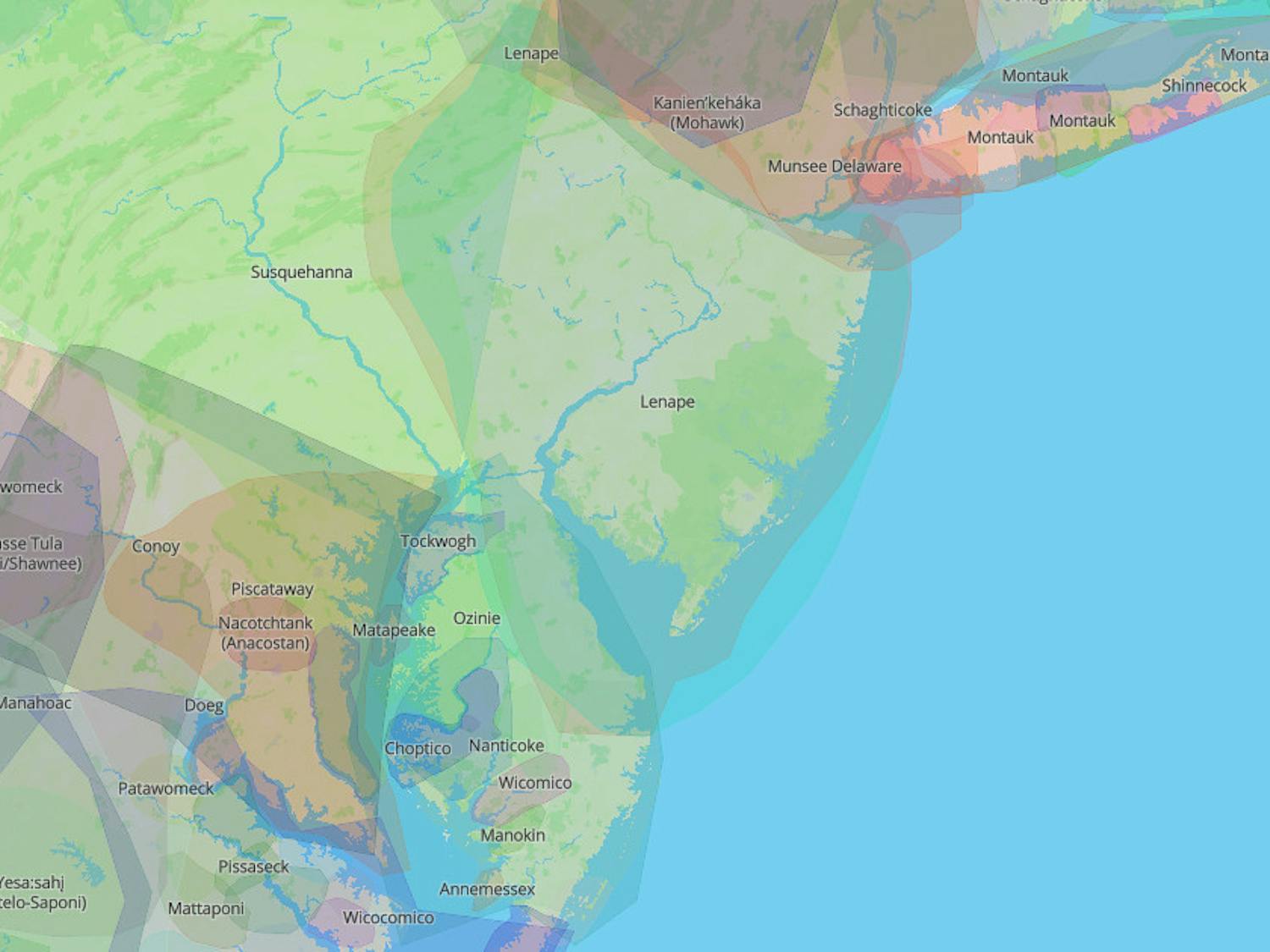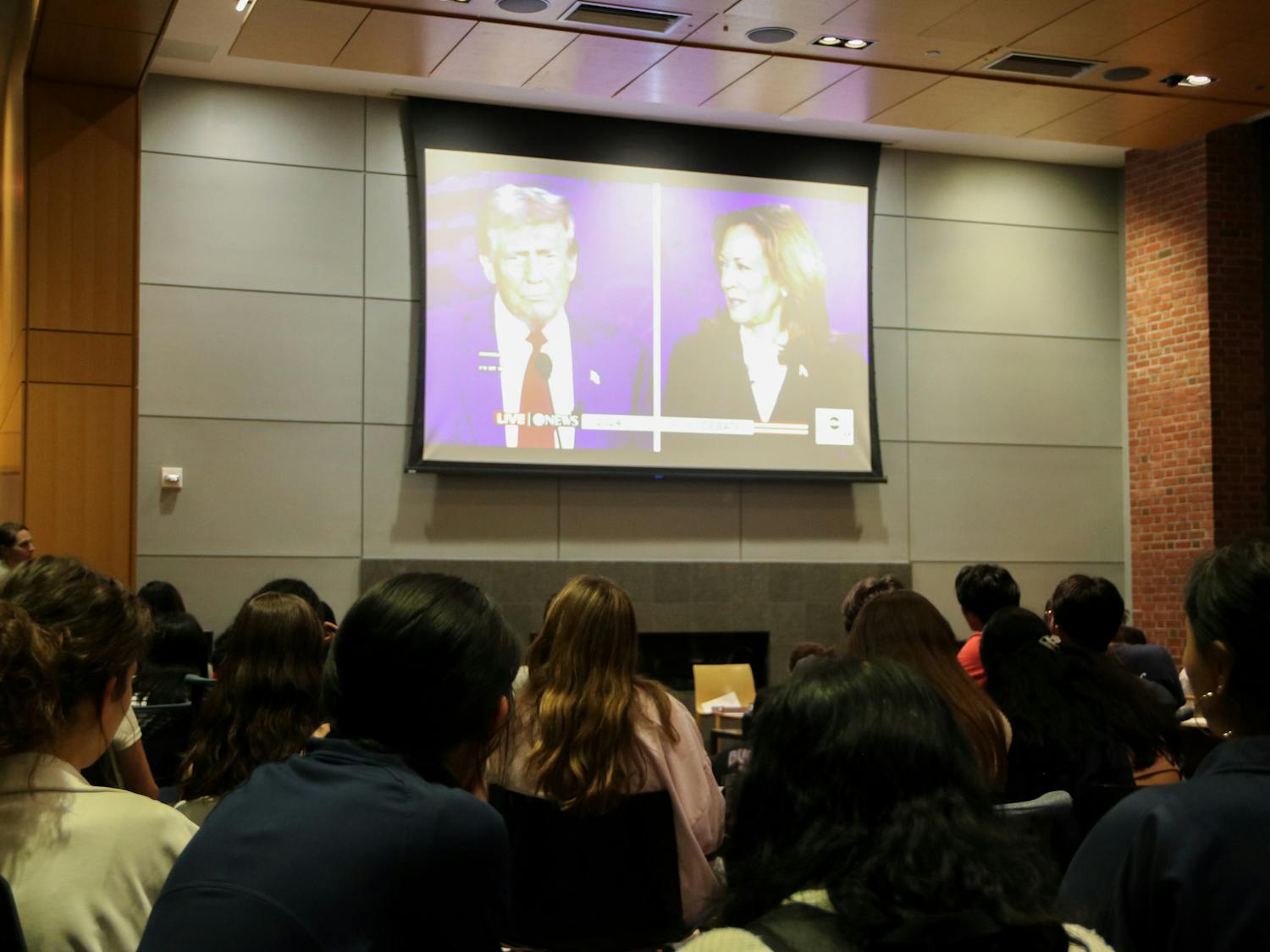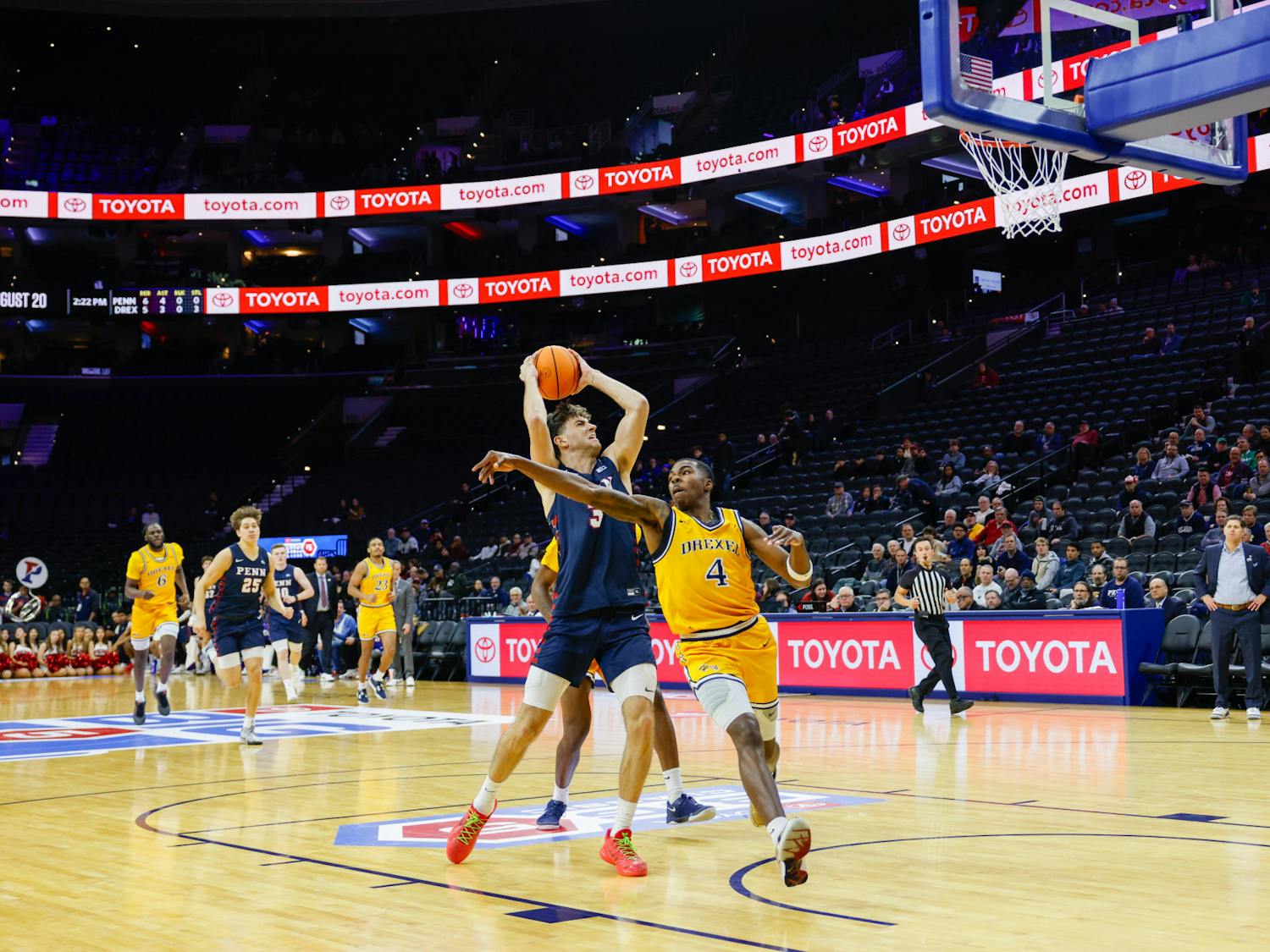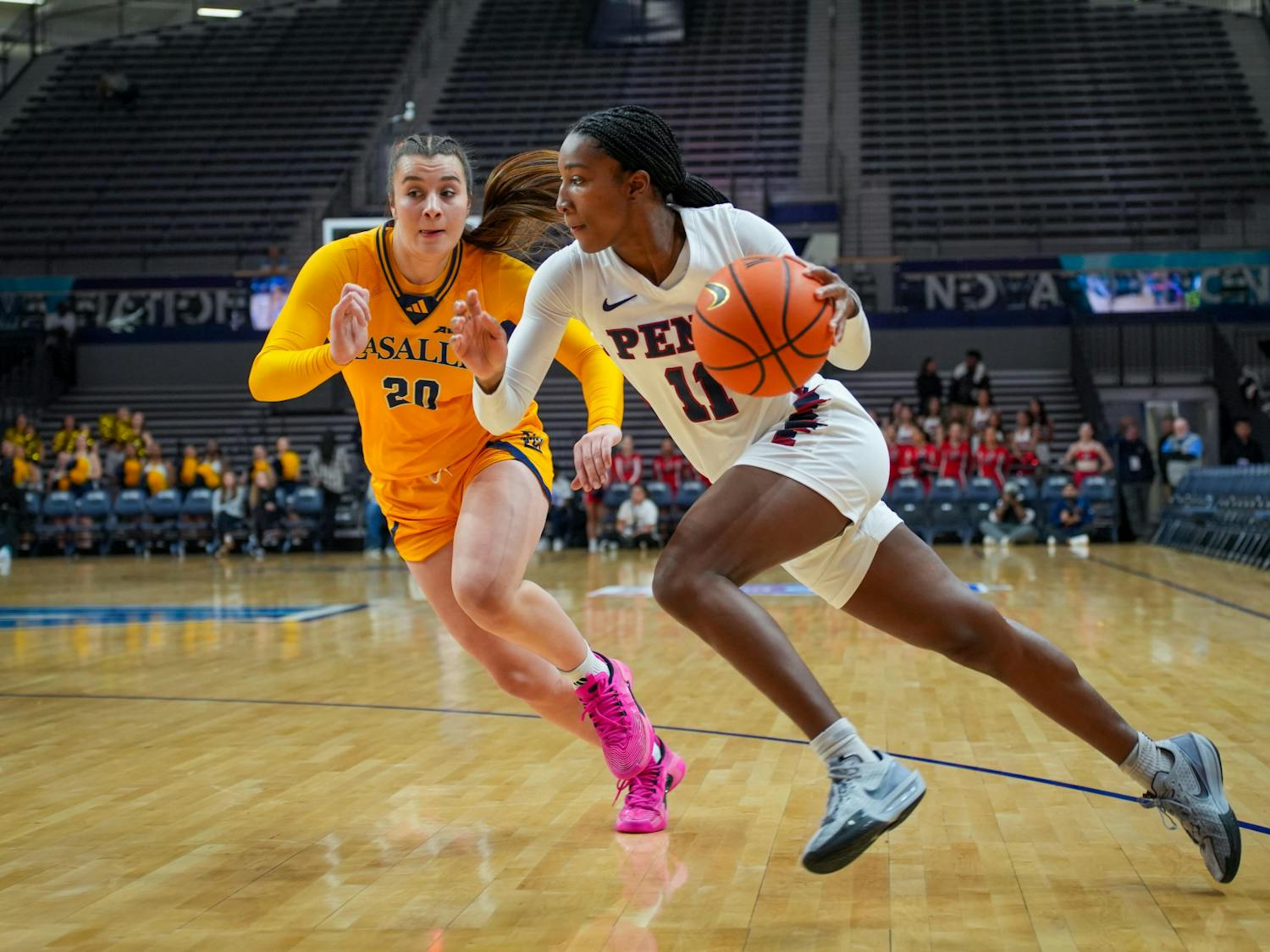Archaeologists at the Penn Museum are working with community members to excavate West Philadelphia’s Black Bottom.
Starting in early August, archaeologists began digging at the Community Education Center — a nonprofit organization focused on encouraging artistic expression — with the hope of finding artifacts that will uncover and preserve the history of the Black Bottom neighborhood and its former residents. The dig will meet every Friday between now and Thanksgiving as well as on Oct. 21 for International Archaeology Day.
The Black Bottom — where University City now sits — was a predominantly Black community that the city designated as a redevelopment zone between the 1950s and 1970s to create room for university-affiliated commercial and residential buildings.
“The goal of the project is to give material weight to the vibrancy of this community prior to its destruction,” Megan Kassabaum, an associate professor of anthropology at Penn and an associate curator at the Penn Museum, said.
The dig has already yielded artifacts that start to paint a picture of the Black Bottom and spark memories from community members, she said.
“We have been finding lots of pottery and artifacts that shed light on what businesses were in the neighborhood,” College junior Faruq Adger, who is working on the project, told The Daily Pennsylvanian.
According to Sarah Linn, the assistant director of academic engagement at the Penn Museum and co-director of the Heritage West Project, people tend to focus on the destruction of the Black Bottom and its replacement with University City. She explained that the area was designated by Philadelphia as an “eminent domain,” or public-use property, and not officially recognized as a community.
Linn said that her team is trying to reorient that narrative by exploring the community’s lived experiences and parts of daily life.
RELATED:
Penn Museum to begin major renovations on Ancient Egypt and Nubia Galleries
Penn Museum holds previously undisclosed remains of MOVE bombing victims, activists allege
“The dig helps to highlight the significance of the humanity that there was in Black Bottom,” Walter Palmer, founder of the W.D. Palmer Foundation and lecturer at the School of Social Policy and Practice, told the DP. Palmer said he grew up in the Black Bottom until its displacement.
“The Black Bottom was a haven — it was a place I had never experienced before,” he said. “There was music, color, dancing, street block parties. People were sharing food and clothes. It was protective.”
Palmer added that Penn’s development of the Black Bottom disrupted the life, culture, safety, security, and family of about several thousand people, adding that Penn has not officially recognized the community.
According to Kassabaum, another goal of the dig is to make archaeology more accessible to the broader community and students.
“We're hoping to take what is an esoteric discipline that most people don't know that much about and show people that archaeology is a career path that could be open to anyone,” she said.
Kassabaum and Linn said that they have encouraged community participation from the early stages of the project, beginning with a series of community workshops to refine the project’s research questions. Now that excavation has begun, community members can sign up online to help shovel and put artifacts in bags.
“We're tailoring the community experience to fit what people are interested in getting. We’re trying to be supportive of all levels of engagement,” Kassabaum said.
James Wright, the director of strategic partnerships and major gifts at HopePHL — one of the project’s community partners — told the DP that he hopes to help draw people in and get the project as far into the community as possible.
“This project was to help residents advocate for themselves by having their history documented, displayed, and talked about in an honorific way,” he said. “In neighborhoods that change, people often get overshadowed as if they didn't exist."
Kassabaum said that Penn funded the project in 2020 and is part of an effort to divert some of Penn's material and intellectual resources back into the surrounding area.
“I believe the importance of the dig is to start the long process of rebuilding the relationship between Penn and the Philadelphia community,” Adger said. “We want to right the wrongs of history and not sweep them under the rug.”
After excavation finishes up in the fall, the spring semester will focus on analysis of the materials. Kassabaum says that she hopes to continue fostering collaboration in the project all the way through to the final stages — by, for example, co-curating exhibitions with the community.
According to Linn, the Museum has not yet decided where the artifacts will be permanently displayed, with potential for exhibits at the Penn Museum and around the community.
Kassabaum stressed the importance of this work to highlight a displaced, and often overlooked, story.
“When we walk down the sidewalk, we're actually walking over the remains of really incredible history,” Kassabaum said.



